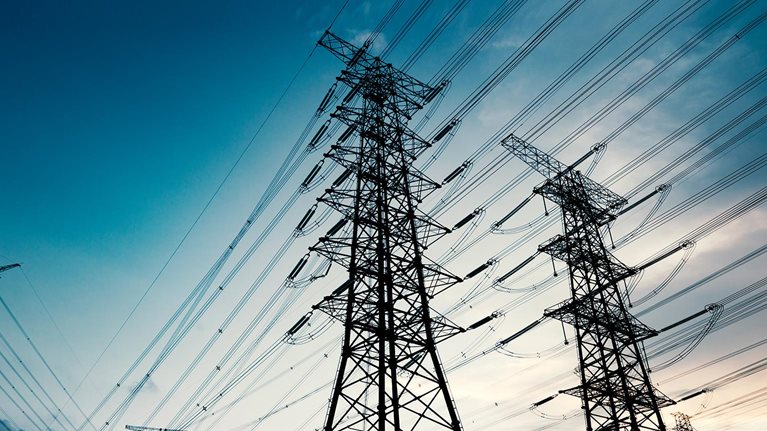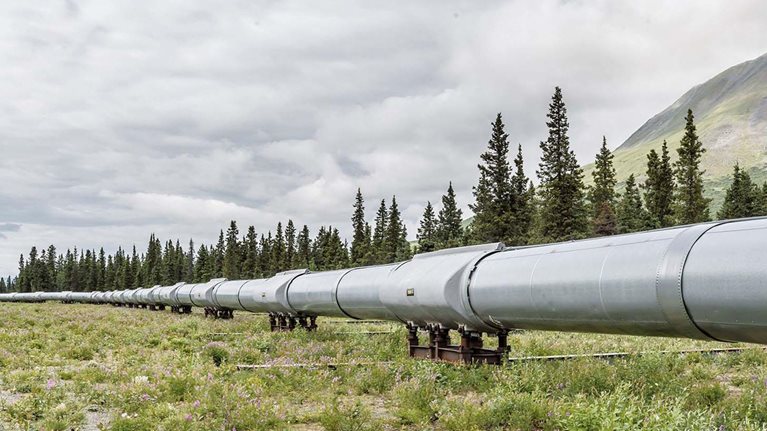With the shift to net-zero resources, the need to replace aging infrastructure and build resiliency for climate risk will require a dramatic increase in capital spending on our energy systems, delivered at unprecedented pace. We face this task from a challenging starting point—with weak construction sector productivity, growing supply chain challenges, and emerging labor shortages—particularly in critical skilled trades. Improving project performance and the delivery of capital are paramount to accelerating the energy transition and preparing our energy systems to both mitigate and respond to the impacts of climate change.
On April 27, McKinsey’s Global Infrastructure Initiative (GII) hosted a roundtable with senior leaders from utilities, transmission operators, power producers, engineering and construction companies, and investors to identify what steps need to be taken now to accelerate the transition. The following key themes emerged:
- Collaborate to drive efficiency across system-level changes. Achieving net-zero targets will need to be implemented in a way that maintains energy system safety, reliability, and affordability. This requires coordinated collaboration with all stakeholders—across the value chain, regions, and sectors—to achieve the consensus needed to progress. Strategic partnerships and cross-industry collaboration/coalitions on capability building, planning, financing, and project delivery could help allocate costs and risks, drive innovation, scale impact, and facilitate aligned policy and regulations.
- Think big … and small! The scale of the challenge offers an opportunity for the energy sector to embrace innovation and to reimagine how we plan, finance, build, and operate our energy systems. Not only do we need a much bigger grid and to dramatically shift our generation mix, we can also better leverage distributed resources (e.g., energy efficiency, demand response) to complement these larger-scale solutions which often have higher costs and longer lead times. This will require restructuring regulatory incentives and market mechanisms such that utilities assess distributed solutions as they would large capital projects.
- Embrace uncertainty. The traditional utility planning model requires high degrees of certainty to ensure regulatory compliance and ability to meet set standards. As we embark on this new era—with less long-term predictability around customer behaviors, technologies, and weather events—previously held standards and models will no longer hold. New tools and processes must be established to enable probabilistic planning and decision-making, transparently testing and comparing scenarios across stakeholder groups to jointly decide on a path forward, despite inherent uncertainty.
- Align policy and regulation with the challenge. Across the energy system, from generation to consumption, policy has a major impact. For example, updating energy codes to encourage efficient consumption can reduce the need for infrastructure investments to meet rapidly growing load. Additionally, transparent, streamlined permitting and approval processes that take a portfolio approach to infrastructure reviews can accelerate needed projects. Overall, a national energy policy would be transformational to help remove uncertainty, encourage investment, and achieve the required speed and scale.
- Take a portfolio approach. Having a full portfolio perspective of the energy system’s needs enables stakeholders—including utilities, EPCs, power producers, and regulators—to realize efficiencies by standardizing design, prioritizing projects, driving economies of scale, managing risks, and accelerating execution. This holistic approach includes a cross-sectoral view that incorporates shifts in the transportation sector, buildings, and industry, all of which impact the energy system requirements and the ability to scale projects at the required pace.


